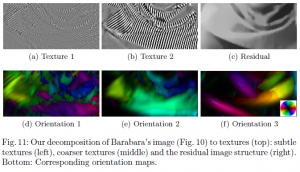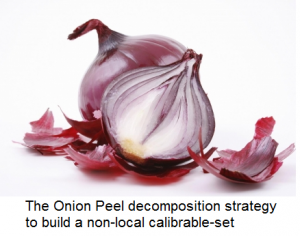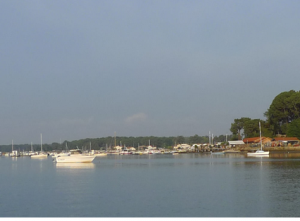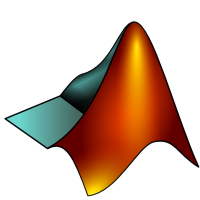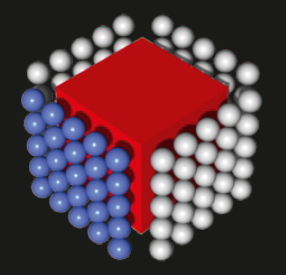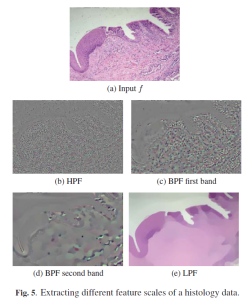M. Burger, L. Eckardt, G. Gilboa, M. Moeller, “A spectral framework for one-homogeneous functionals”, Proc. Scale Space and Variational Methods in Computer Vision (SSVM), 2015.
Abstract:
This paper discusses a generalization of spectral representations related to convex one-homogeneous regularization functionals, e.g. total variation or $\ell^1$-norms. Those functionals serve as a substitute for a Hilbert space structure (and the related norm) in classical linear spectral transforms, e.g. Fourier and wavelet analysis. We discuss three meaningful definitions of spectral representations by scale space and variational methods and prove that (nonlinear) eigenfunctions of the regularization functionals are indeed atoms in the spectral representation. Moreover, we verify further useful properties related to orthogonality of the decomposition and the Parseval identity.
The spectral transform is motivated by total variation and further developed to higher order variants. Moreover, we show that the approach can recover Fourier analysis as a special case using an appropriate $\ell^1$-type functional and discuss a coupled sparsity example.
Tags: inverse scale space , one homogeneous , spectral TV , tgv



